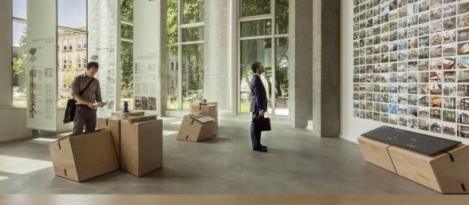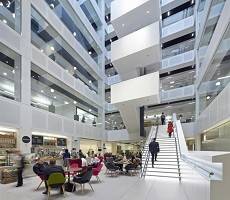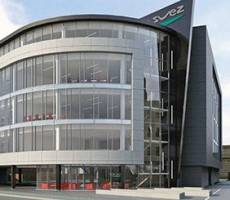April 24, 2015
Rising commercial property costs driving small businesses out of London 0
![]() The vast majority of small businesses in London and other parts of the South East are considering relocating over the next five years because they are frustrated with the lack of appropriate facilities and soaring commercial property costs in the region. A new study from the University of Sussex’s business incubation network Sussex Innovation claims that nearly two thirds (63 percent) of small businesses, rising to 78 percent of technology startups, believe their future may depend on leaving the capital. The study claims this threatens the viability of the Government’s flagship Tech City hub just months after it announced a new scheme to attract firms to the area. The research is based on a study of over 500 business owners and leaders in London and the South East and was presented at the launch of Sussex Innovation’s new hub in Croydon.
The vast majority of small businesses in London and other parts of the South East are considering relocating over the next five years because they are frustrated with the lack of appropriate facilities and soaring commercial property costs in the region. A new study from the University of Sussex’s business incubation network Sussex Innovation claims that nearly two thirds (63 percent) of small businesses, rising to 78 percent of technology startups, believe their future may depend on leaving the capital. The study claims this threatens the viability of the Government’s flagship Tech City hub just months after it announced a new scheme to attract firms to the area. The research is based on a study of over 500 business owners and leaders in London and the South East and was presented at the launch of Sussex Innovation’s new hub in Croydon.




























April 28, 2015
Why it’s time for more companies to roll the dice for gamification 0
by Maciej Markowski • Case studies, Comment, Workplace
More →